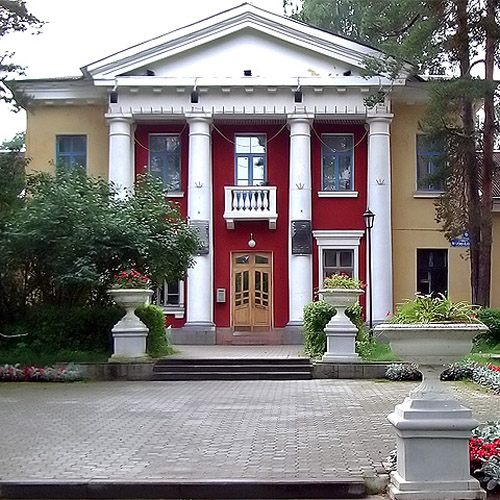Dubnium
105
Db
Groep
5
Periode
7
Blok
d
Protonen
Elektronen
Neutronen
105
105
157
Algemene Eigenschappen
Atoomnummer
105
Atomair gewicht
[268]
Massa Getal
262
Categorie
Overgangsmetalen
Kleur
n.v.t.
Radioactief
Ja
Genoemd naar de Russische stad Dubna
Kristalstructuur
n.v.t.
Historie
Dubnium werd naar verluidt voor het eerst ontdekt in 1968 aan het Joint Institute for Nuclear Research in Dubna.
Onderzoekers daar bombardeerden een americium-243 doelwit met neon-22 ionen.
In hetzelfde jaar synthetiseerde een team onder leiding van Albert Ghiorso aan de Universiteit van Californië, Berkeley het element overtuigend door een californium-249 doelwit te bombarderen met stikstof-15 ionen.
Onderzoekers daar bombardeerden een americium-243 doelwit met neon-22 ionen.
In hetzelfde jaar synthetiseerde een team onder leiding van Albert Ghiorso aan de Universiteit van Californië, Berkeley het element overtuigend door een californium-249 doelwit te bombarderen met stikstof-15 ionen.
Eletronen per schil
2, 8, 18, 32, 32, 11, 2
Electronconfiguratie
[Rn] 5f14 6d3 7s2
Het Berkeley-team stelde de naam hahnium voor het element voor
Fysieke Eigenschappen
Fase
Vast
Dichtheid
39 g/cm3
Smeltpunt
-
Kookpunt
-
Fusiewarmte
n.v.t. kJ/mol
Verdampingswarmte
n.v.t. kJ/mol
Specifieke Warmtecapaciteit
- J/g·K
Overvloedig aanwezig in de aardkorst
n.v.t.
Overvloedig aanwezig in het universum
n.v.t.

Verdiensten voor afbeeldingen: Wikimedia Commons (Hrustov)
Het element is genoemd naar de Russische stad Dubna, de locatie van het Joint Institute for Nuclear Research
CAS-nummer
53850-35-4
PubChem CID nummer
n.v.t.
Atoomeigenschappen
Atoomstraal
-
Covalentiestraal
149 pm
Electronegativiteit
-
Ionisatiepotentiaal
-
Atoomvolume
-
Thermische geleiding
0,58 W/cm·K
Oxidatietoestanden
5
Toepassingen
Dubnium wordt alleen gebruikt voor wetenschappelijk onderzoek.
Dubnium is schadelijk vanwege zijn radioactiviteit
Isotopen
Stabiele isotopen
-Instabiele isotopen
255Db, 256Db, 257Db, 258Db, 259Db, 260Db, 261Db, 262Db, 263Db, 264Db, 265Db, 266Db, 267Db, 268Db, 269Db, 270Db